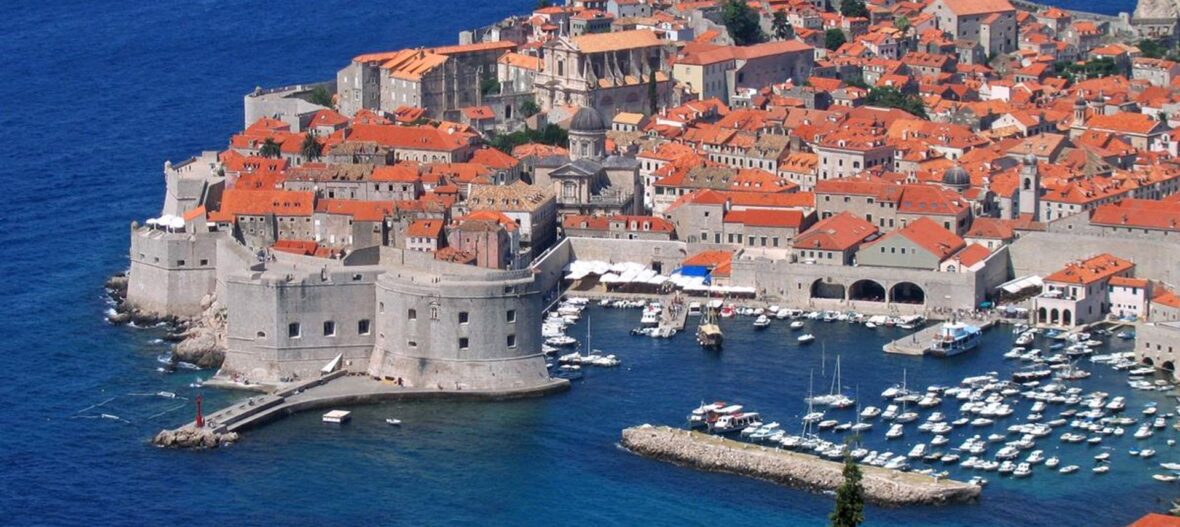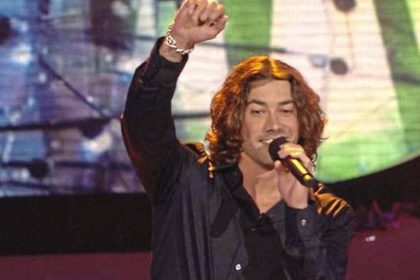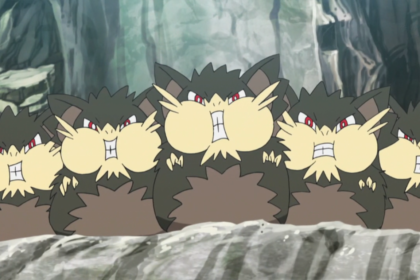Croatia is one of Europe’s most beautiful coastal countries. You’ll fall in love with its coast and the Adriatic Sea’s intoxicating blue color. Take a look below for 30 amazing and fascinating facts about Croatia.
1. Croatia is a small, beautiful country in southeastern Europe.
2. It is bordered by Hungary to the north, Bosnia and Herzegovina and Serbia to the east, Montenegro to the south and Slovenia to the west. It also has a coastline along the Adriatic Sea to the south.
3. Croatia has more than 1,200 islands, islets, and crags off the coast of the mainland. However, only 48 are inhabited. Hvar and Korcula receive the most visitors of all the islands.
4. The largest island in Croatia is Krk, with a surface area of 405.78 square meters.
5. Croatia has a heart-shaped island, Galešnjak, which is also known as the Island of Love or Lover’s Island.
6. If it’s sun, sea and sand you’re looking for, head for the beautiful shores of Croatia! You’ll need the coordinates 45.8000° N, 16.0000° E to ensure you don’t get lost!

7. The terrain here is diverse, with flat plains in the north and low mountains and highlands to the south.
8. The total land area of Croatia is 21,831 square miles (56,542 square kilometres).
9. Croatia’s population was 4.076 million in 2019.
10. Residents here are known as Croatians.
11. The capital is Zagreb; it covers an area of 247 square miles (641 square kilometres) and had a population of 803,900 in 2018.
12. Zagreb used to be known by the name Agram.
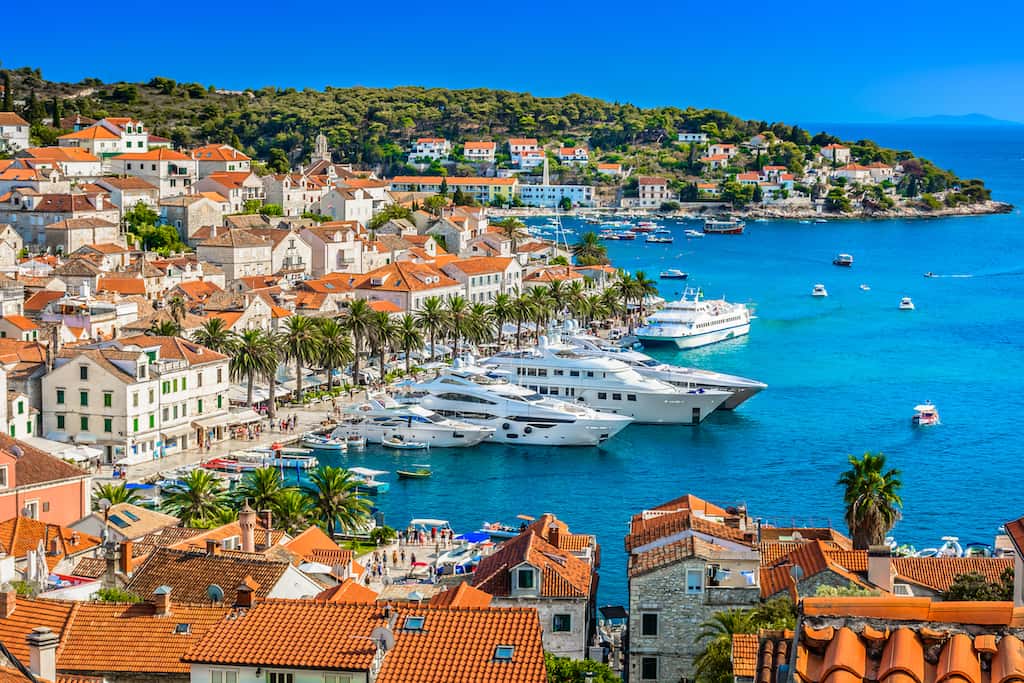
13. Croatians enjoy a continental climate with hot summers and cold winters.
14. In fact, with around 2,700 hours of sunshine a year, Croatians enjoy almost as many hours of sunshine as Sydney, Australia!
15. Croatia is said to be home to the smallest town in the world; with a population of just 17, the tiny and ancient town of Hum was first mentioned in documents in 1102AD!
16. Zlatni Rat beach on the island of Brac is famous for its changing shape and color, which is dependent on the wind – amazing!
17. More than 10% of the land in Croatia is made up of nature parks and reserves!
18. Vinkovci in eastern Croatia is one of the oldest towns in Europe, having been continuously inhabited for more than 8,000 years!
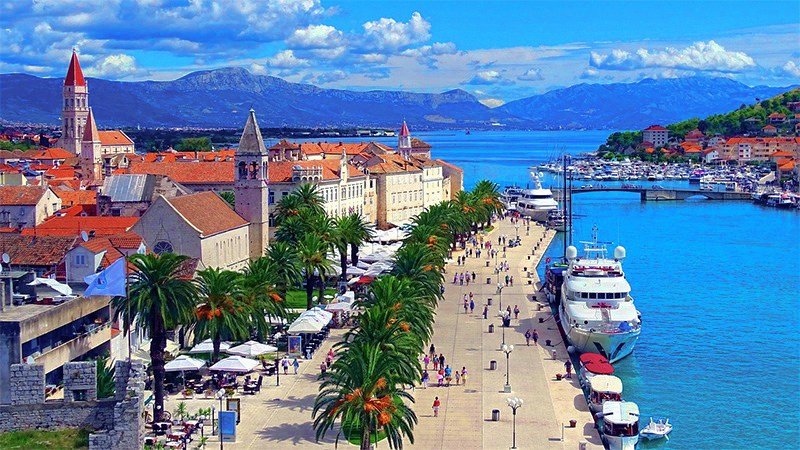
19. After World War 2, Croatia, along with the present day countries of Bosnia and Herzegovina, Croatia, Macedonia, Montenegro, Serbia, and Slovenia was formally part of Yugoslavia.
20. Croatia was inhabited as early as the Paleolithic Age. The Croats then arrived in the 6th Century.
21. Croatia was internationally recognized as an independent state on the 7th of June, 879.
22. Tomislav became the first king in 925, making Croatia a kingdom.
23. After years under different rules including the Kingdom of Yugoslavia, Croatia finally gained its full independence on the 25th of June, 1991.
24. Zagreb became the capital of the Balkan country in April 1941.
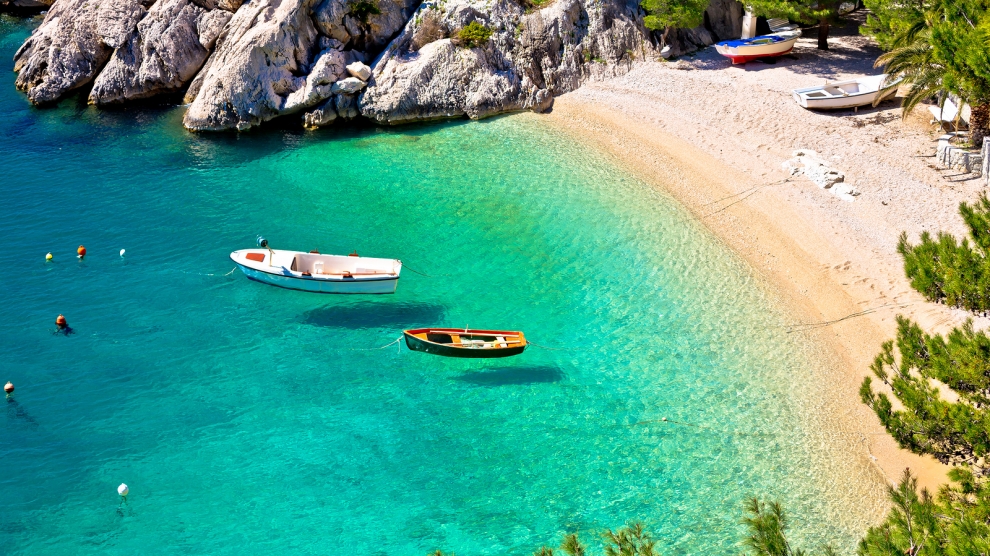
25. The Pula Arena in Pula, Croatia is the only remaining Roman amphitheatre in the world to maintain its four side towers. It is one of the remaining three pieces of Roman architecture to keep its architectural integrity. It’s the 6th biggest amphitheatre in existence.
26. The city of Dubrovnik, had one of the first medieval sewer systems in Europe.
27. Vinkovci in eastern Croatia is one of the oldest towns in Europe – it’s been constantly inhabited for more than 8,000 years!
28. Thanks to the English poet Lord Byron, Dubrovnik was known as the “Adriatic Pearl” in the early 19th Century.
29. Every first weekend in August since 1715, the Croatian town of Sinj hosts a knight tournament named Sinjska Alka. It’s a tournament of chivalry, where knights ride horses along the main street, aiming lances at an iron ring.
30. The Croatian military first wore knotted neckties in the 1600s, thus many historians believe the necktie was invented in Croatia.

